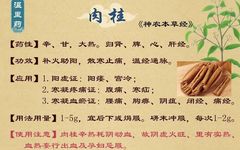
Click above to follow “Learn TCM“!


Source

Cinnamon (Rou Gui) and the exterior-releasing herb Gui Zhi (Cinnamon Twig) come from the same plant. Gui Zhi uses the tender branches from the current year, while Rou Gui is made from the bark of the trunk and thicker branches, which can also be peeled off for use.
The name “Gui” is derived from the vein patterns of its leaves. The “Gui Hai Yu Heng Zhi” states: “All wood leaves have longitudinal veins, but only Gui has two paths resembling a square shape, hence the character is derived from ‘Gui’.” The medicinal material is commonly referred to as “Rou Gui,” with the best quality being the thicker, more resinous pieces.

▲ Leaves of Cinnamon
The bark near the ground is peeled and pressed flat, called Ban Gui (Flat Cinnamon). The straighter pieces are placed in a special mold and pressed into a slightly curled shape with a slight indentation in the middle, known as Qi Bian Gui (Curled Edge Cinnamon).
The bark from branches is allowed to naturally curl into a tubular shape, sometimes referred to as Tong Gui (Cinnamon Tube), also known as Gui Tong or Gui Er Tong. In modern times, some merchants refer to it as Guan Gui (Official Cinnamon), which in ancient times referred to the superior quality cinnamon used exclusively for officials.
The best quality Rou Gui is Qi Bian Gui, which has a stronger aroma, with the best coming from Vietnam’s Qinghua region, while the main production area in China is Guangxi.
After removing the outer cork layer, it is called Gui Xin (Cinnamon Heart). Gui Xin does not refer to just the wood part after peeling the bark, as the wood itself has little medicinal effect; its active components are primarily in the bark. Gui Xin refers to Rou Gui after the cork has been removed, including Qi Bian Gui, Ban Gui, and Gui Tong, all of which can be called Gui Xin.

History

Rou Gui is first recorded in the “Shen Nong Ben Cao Jing” as a superior herb, classified into Mu Gui (Male Cinnamon) and Jun Gui (Fungal Cinnamon). The “Shen Nong Ben Cao Jing” states that Mu Gui “is used for cough due to Qi counterflow, throat obstruction, joint pain, and to tonify the middle and benefit Qi.” It states that Jun Gui “is used for all diseases, nourishes the spirit, harmonizes complexion, and is the first to be used among all herbs; long-term use leads to lightness and agelessness, with a radiant complexion.” This describes Rou Gui’s dual role in supporting the righteous and dispelling evil. The “Ben Cao Jing Ji Zhu” adds that it is used for “heart pain, lateral wind, lateral pain, warming the sinews and opening the meridians, stopping restlessness and sweating,” and establishes a separate entry for “Gui,” stating it can also “warm the middle, benefit liver and lung Qi, alleviate cold and heat in the heart and abdomen, treat cold diseases, cholera, cramps, headaches, and lower back pain,” and “stop salivation, cough, nasal congestion, can induce abortion, strengthen bones and joints, open blood vessels, regulate insufficiency, and promote the efficacy of all herbs.” The “Yao Xing Lun” adds that it can “treat nine types of heart pain, kill three parasites, break blood, regulate menstruation, treat soft foot numbness, retained placenta, stop abdominal cold qi, and treat unbearable pain, and diarrhea.” The “Ri Hua Zi Ben Cao” further adds that it can “treat all wind diseases, tonify the five labor and seven injuries, open the nine orifices, benefit essence and brighten the eyes, warm the waist and knees, break phlegm, resolve blood stasis, treat wind bi and joint contraction, reconnect tendons and bones, and promote muscle growth.” The “Yi Xue Qi Yuan” summarizes its main effects as “tonifying the lower jiao deficiency, treating sinking cold and chronic cold, and exterior deficiency with spontaneous sweating.” The “Yong Yao Xin Fa” states it can “disperse cold evil and treat rebellious Qi,” emphasizing its warming kidney and dispersing cold function. The “Tang Ye Ben Cao” states it can “tonify the Ming Men deficiency and benefit fire to dispel yin.” The “Ben Cao Gang Mu” adds that it can treat “cold bi, wind leprosy, yin excess with blood loss, diarrhea, fright convulsions,” and “treat wind bi with loss of voice and throat obstruction, yang deficiency with blood loss, and internal abscesses, sores, and pox.” It is evident that there has been extensive research on this herb throughout history, and by the Ming Dynasty, the understanding of this herb had reached a high level. Modern summaries of its effects focus on warming and tonifying kidney Yang, warming the middle, dispersing cold, and alleviating pain, as well as warming the meridians and opening blood vessels.
Effects and Applications

The first effect of Rou Gui is tonifying fire and supporting Yang, similar to Fu Zi (Aconite), by tonifying the fire of the Ming Men, it is used to warm and assist the Yang Qi of the whole body, thus it is also used for Yang deficiency syndromes.
Whether it is kidney Yang deficiency, heart Yang deficiency, spleen Yang deficiency, or combinations like spleen and kidney Yang deficiency, heart and spleen Yang deficiency, or heart and kidney Yang deficiency, it can be combined with corresponding herbs, usually paired with Fu Zi, such as in Shen Qi Wan (Kidney Qi Pill), Gui Fu Li Zhong Wan (Cinnamon and Aconite Decoction), etc.
However, Fu Zi and Rou Gui differ in their sources for tonifying fire and supporting Yang; when heart and kidney Yang Qi is depleted, Fu Zi has a significant effect in reviving Yang, while Rou Gui does not have a pronounced effect, so generally, for Yang collapse syndromes, Fu Zi is used, and Rou Gui is rarely used, even as an auxiliary herb.
Textbooks state that Rou Gui excels at “drawing fire back to the source,” which is not mentioned for Fu Zi. What does “drawing fire back to the source” mean? It refers to the tonifying Yang effect for kidney Yang deficiency that causes false Yang to float upward, resulting in a true cold and false heat syndrome.The patient has a Yang deficiency syndrome, but exhibits some false heat phenomena, with false fire floating upward. After using Rou Gui, these symptoms can improve, such as alleviating or eliminating restlessness, facial redness, thirst without desire to drink, and other false heat signs. In essence, it is a true cold syndrome, and Rou Gui still exerts its effect of tonifying fire and supporting Yang.The concept of Rou Gui drawing fire back to the source was first proposed in the early Qing Dynasty by Guo Peilan in the “Ben Cao Hui,” which is correct; however, earlier than the “Ben Cao Hui,” Zhang Jingyue’s “Ben Cao Zheng” had already proposed that Fu Zi has a “great ability to draw fire back to the source,” not just generally drawing fire back to the source, but “greatly able to draw fire back to the source.”In clinical practice, for this type of true cold and false heat, Fu Zi also has a good effect; it is also a drug that draws fire back to the source. According to Zhang Jingyue’s viewpoint, Fu Zi is better than Rou Gui; Zhang Jingyue was very skilled in using Fu Zi and is a well-known representative of the warming and tonifying school, so his statement is based on practical experience.
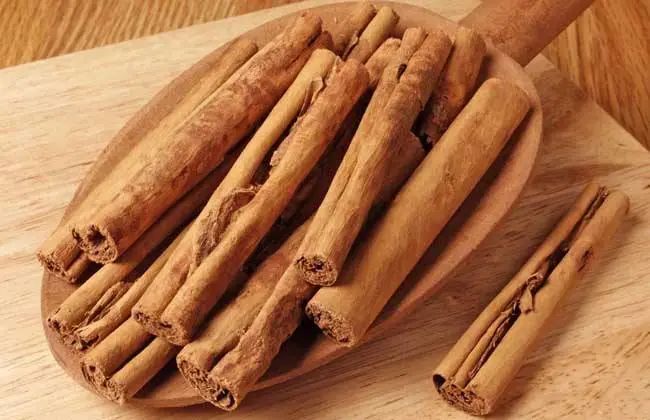
The second effect is dispersing cold and alleviating pain. Its warming properties are indicated in cases of spleen Yang deficiency; if it is not a Yang deficiency syndrome but a general cold excess syndrome, Rou Gui can also be used; additionally, it can be used for meridian cold, such as in wind-cold bi syndrome, to warm the meridians and alleviate pain.
In terms of dispersing cold and alleviating pain, the main difference between Rou Gui and Fu Zi is that Fu Zi can demonstrate the ability to dispel wind-dampness, so it is commonly used for wind-damp bi; Rou Gui, like Gui Zhi, excels at entering the blood aspect, able to warm and open the blood vessels, so in many formulas for cold congealing and blood stasis, not only Gui Zhi is used, but also Rou Gui.
Moreover, Rou Gui’s ability to warm the meridians and open the blood vessels is even stronger than that of Gui Zhi; in many treatments for cold congealing and blood stasis, Rou Gui is used.
“Rou Gui can warm and promote the growth of Yang Qi and invigorate Qi and blood,” for example, in formulas that tonify Qi and blood, adding a little Rou Gui is beneficial for the “Yang generating Yin growth” of tonifying deficiency herbs, or it can also benefit blood tonification, as it excels at entering the blood aspect, which Fu Zi does not.
Of course, Rou Gui is also used for cold bi, both dispersing cold and alleviating pain, while promoting blood circulation.
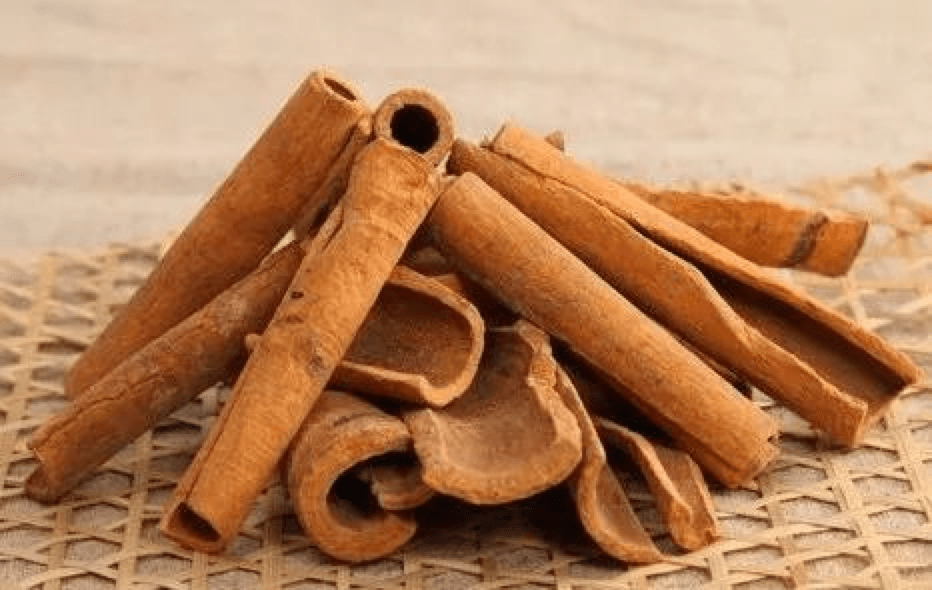
In summary, comparing Rou Gui and Fu Zi, both can tonify fire and support Yang, and are used together, but Fu Zi can revive Yang and rescue from collapse, while Rou Gui is secondary; both can disperse cold and alleviate pain, widely used for various cold-related pain syndromes.
However, Fu Zi can dispel wind-dampness and alleviate pain, while Rou Gui excels at entering the blood aspect, and in formulas for cold congealing and blood stasis or in some Qi and blood tonifying herbs, this characteristic is utilized.
Additionally, their methods of use are also distinctly different; Fu Zi requires prolonged decoction, while Rou Gui should not be decocted for long, and should not be added to decoctions, as its effective components are aromatic and volatile.
In terms of precautions, Rou Gui, like Gui Zhi, excels at entering the blood aspect, so those with a tendency to bleed should be cautious, especially in cases of bleeding disorders.
Furthermore, the “Nineteen Avoidances” mentions that Guan Gui generally refers to Rou Gui.
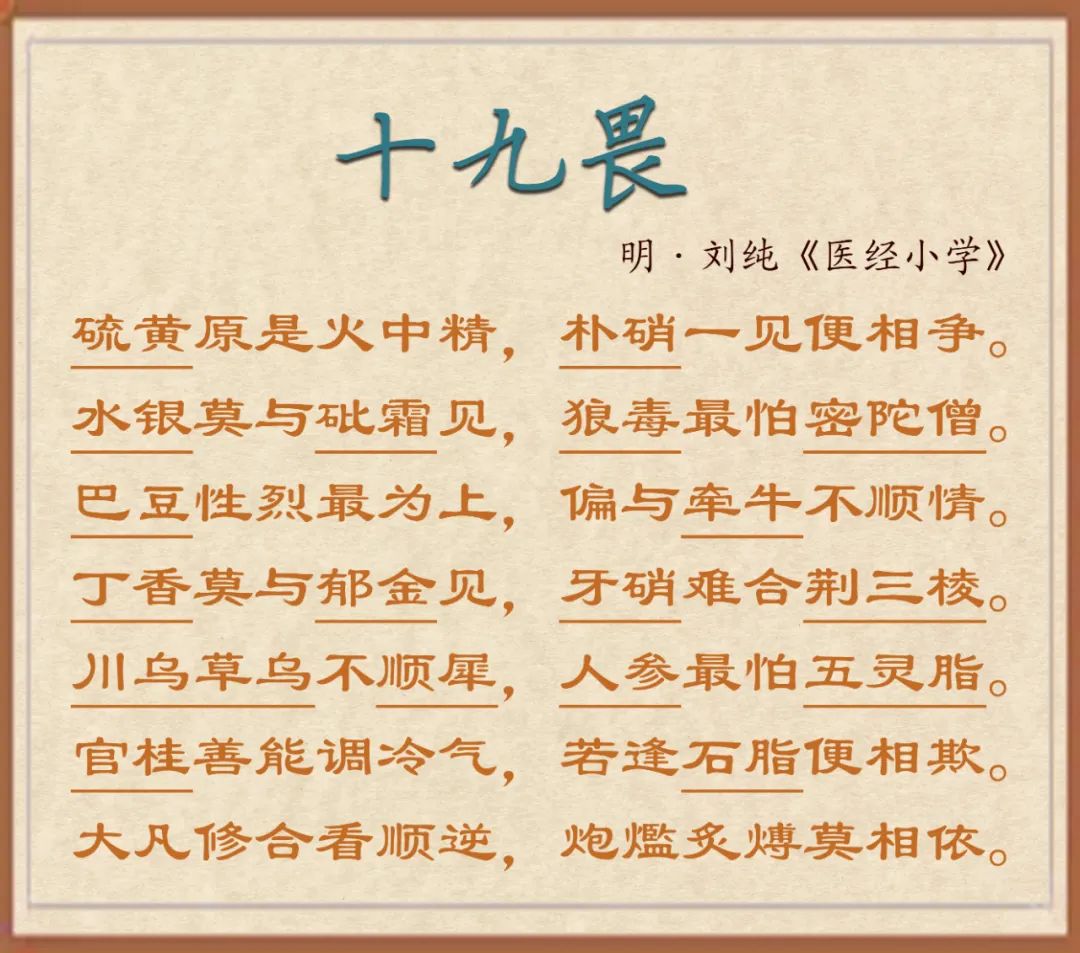

In the next issue, we will introduce Wu Zhu Yu (Evodia). If you have any questions, feel free to leave a message for discussion!
This article is sourced from: 1. “Lectures by Famous TCM Experts – Zhang Tingmo’s Clinical Chinese Medicine Lecture Notes,” edited by Zhang Tingmo, published by People’s Medical Publishing House; 2. “Chinese Clinical Chinese Medicine,” edited by Zhang Tingmo and Peng Cheng, published by People’s Medical Publishing House; copyright belongs to the original author!

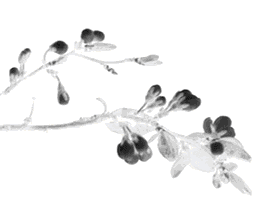

Long press the QR code to recognize and follow us
Learn TCM
Let’s work hard together!

